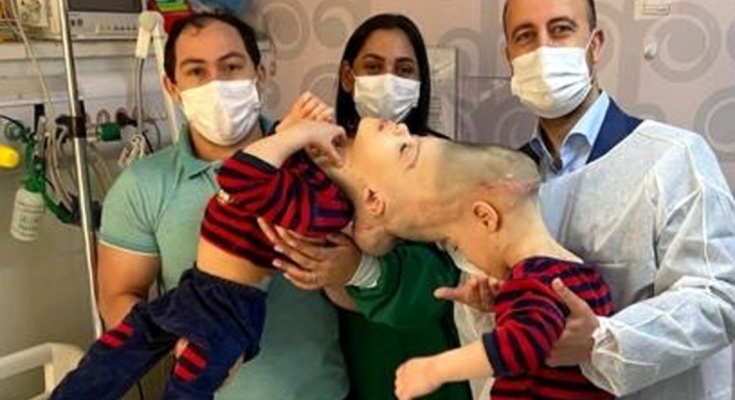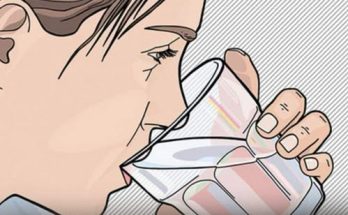In a groundbreaking medical achievement, a team of surgeons successfully separated 3-year-old conjoined twins who were fused at the brain. This historic procedure, which took place after months of preparation, was made possible through cutting-edge virtual reality (VR) technology. The surgery, one of the most complex of its kind, represents a significant leap forward in neurosurgery and offers new hope for families facing similar challenges.
The Extraordinary Case of the Twins
The twins, born with a rare condition known as craniopagus, were joined at the skull and shared critical blood vessels in their brains. This condition occurs in about one in 2.5 million live births, making it one of the rarest and most challenging forms of conjoined twinning. The complexity of their connection meant that separating them carried immense risks, including the possibility of brain damage, stroke, or even death.
Despite these risks, a team of world-class neurosurgeons, led by specialists in Brazil and the UK, took on the challenge of giving these children a chance at independent lives. What made this surgery unique, however, was the use of cutting-edge virtual reality simulation to plan and execute the procedure.
Virtual Reality: The Key to Success
Before attempting the actual surgery, doctors spent months using VR technology to map out the twins’ shared brain structure in precise detail. By creating a fully interactive 3D model, the medical team was able to practice the separation virtually, rehearsing different scenarios and anticipating complications before setting foot in the operating room.
This approach allowed surgeons to explore the intricate network of blood vessels and brain tissue the twins shared, reducing the risk of complications during the real procedure. It was the first time such advanced VR technology had been used for a surgery of this magnitude, marking a historic moment in medical history.
The Marathon Surgery
After exhaustive preparation, the actual separation surgery took place in a series of procedures that lasted nearly 27 hours. More than 100 medical professionals participated, including neurosurgeons, anesthetists, and specialized nurses, all working with surgical precision to separate the twins without causing harm to their delicate brain structures.
The final stage of the surgery was particularly tense, as doctors carefully divided the last remaining fused sections of the brain. When the final cut was made, there was a moment of silence—followed by celebration. The twins, for the first time in their lives, were no longer physically connected.
A New Beginning
Although the road to recovery will be long, doctors are optimistic about the twins’ future. They will require extensive rehabilitation, including physical therapy and cognitive development support, but the prognosis is promising. Their parents, who had long dreamed of seeing their children live independently, expressed overwhelming gratitude for the medical team’s dedication and expertise.
A Landmark in Medical Science
This historic surgery not only changed the lives of these two children but also paved the way for future breakthroughs in neurosurgery. The successful use of virtual reality technology in such a complex procedure has set a new standard in medical innovation, proving that the future of surgery is as much about digital precision as it is about human skill and dedication.

